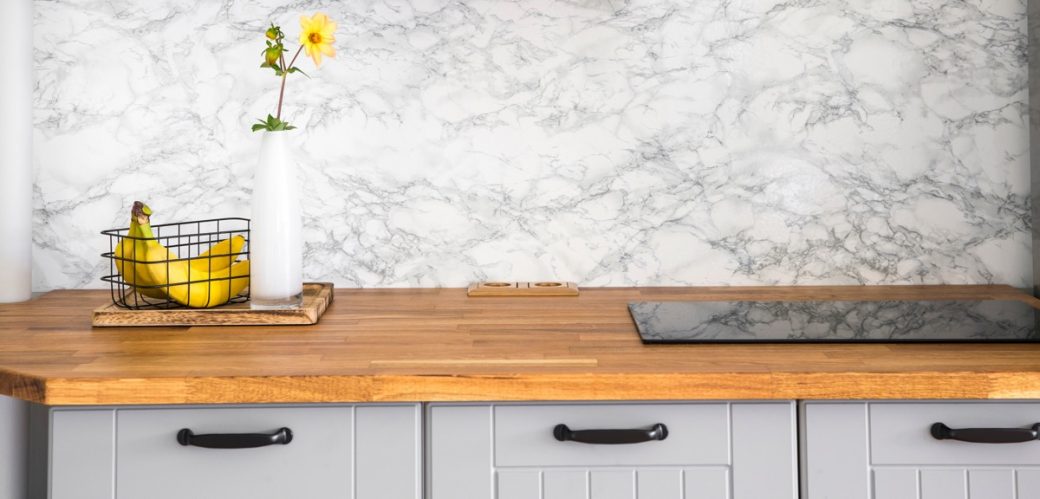Carpet offers a variety of health benefits, including cushioning and noise reduction in a home or office. It also filters air, trapping dirt and allergens that would otherwise be circulated into the environment. In addition, properly cleaned carpet can improve your indoor air quality by removing harmful volatile organic compounds VOCs from the room.
VOCs are released into the air from a wide variety of products, including paint, Healthy Carpets and glues. When these chemicals are inhaled, they can trigger asthma, bronchitis and other respiratory problems. They can also cause eye irritation, rashes and headaches. Carpet manufacturers are working to reduce VOC emissions by using recycled fibers and water-based adhesives.
When choosing a carpet, look for low-VOC options made with natural fibers such as sisal, wool and jute. These fibers release significantly fewer VOCs than conventional synthetic carpets, and they’re biodegradable. The natural lanolin in wool also provides a barrier against stains, repels dust mites and other allergens and doesn’t generate static electricity.
Conventional carpeting is made with a wide variety of chemical additives and materials. Two pounds of styrene butadiene latex—a chemical adhesive—are used in the manufacture of one square yard of typical wall-to-wall carpeting. Other toxic additives include synthetic dyes, stain repellents, antistatic chemicals, antimicrobials and pesticides. Toxic metal stabilizers are added to some carpet backings, and some carpet is glued with toxic adhesives and installation tapes. All of these chemicals can off-gas into the home or office, causing irritation for individuals with multiple chemical sensitivities or respiratory conditions.
Keeping your carpets clean can help alleviate these concerns, but it’s important to have them professionally cleaned and maintained on a regular basis. Dirty carpets can become breeding grounds for bacteria, viruses and germs that can trigger allergies and other health problems. They can also block airflow, making it difficult to breathe. Carpets that are vacuumed and steamed regularly can prevent build-up of these contaminants, improving airflow and preventing the growth of mold.
Carpeting can also offer comfort and a cozy feel, especially in homes with children and the elderly. It provides safety protection, reducing slips and falls in the home and in schools and hospitals. It also offers thermal resistance, retaining warm air longer, saving on energy costs in colder climates and seasons.
In the past, people have unfairly associated carpet with poor air quality and health problems. However, new technologies and improved manufacturing techniques are helping to change this perception. Properly maintained carpeting can actually be healthier than smooth flooring, especially when it’s made with a lower-VOC product. In addition, many builders are helping their customers create healthy home environments by offering low-VOC carpeting and other soft surfaces that align with their personal well-being and environmental responsibility. If you’re thinking about installing new carpet, ask your builder to air it out before he or she installs it in your home. This will minimize the release of 4-phenylcyclohexene (4-PCH), a VOC that gives carpet its distinctive new odor and is associated with respiratory complaints, eye irritation and rashes.

